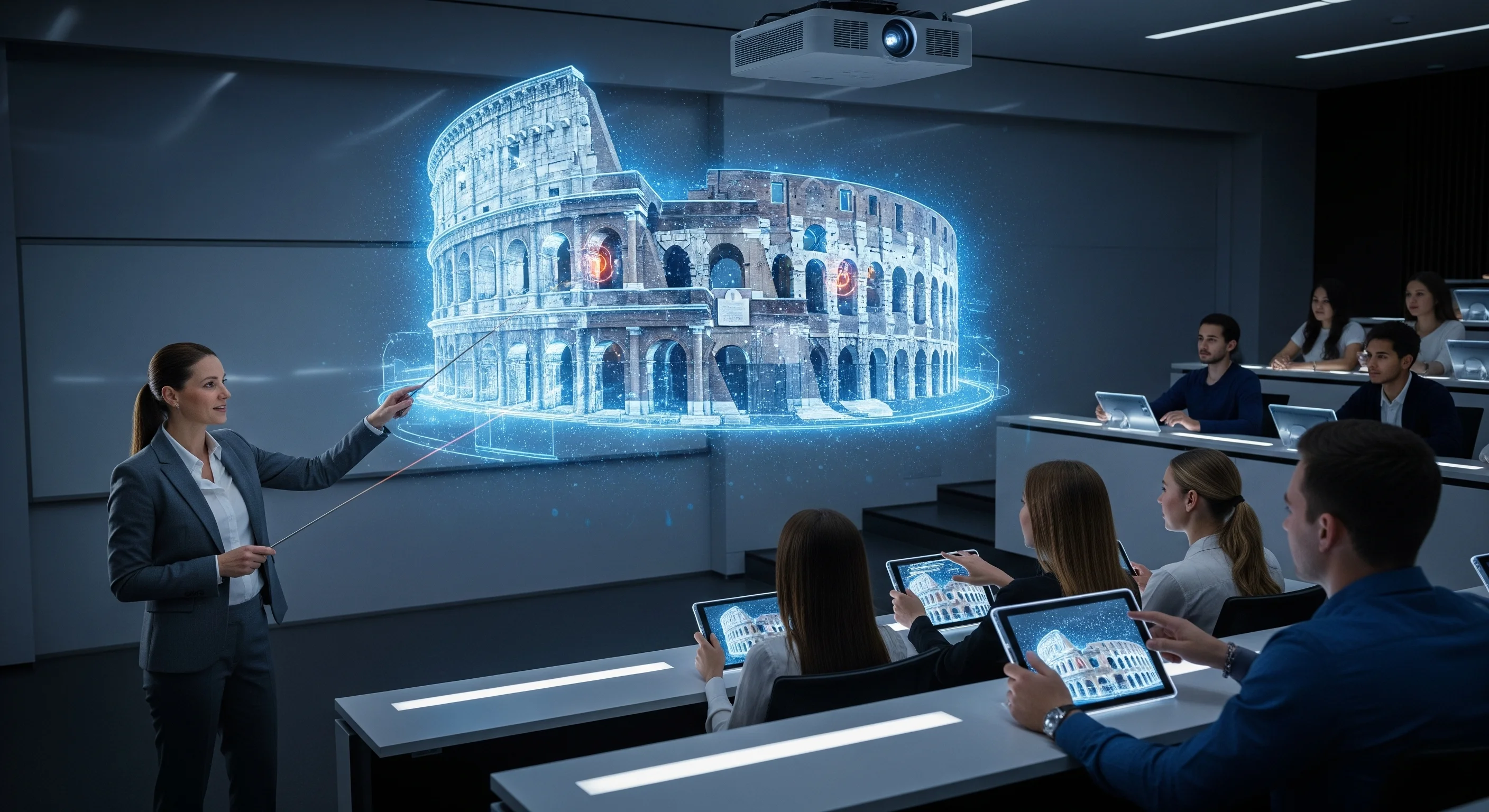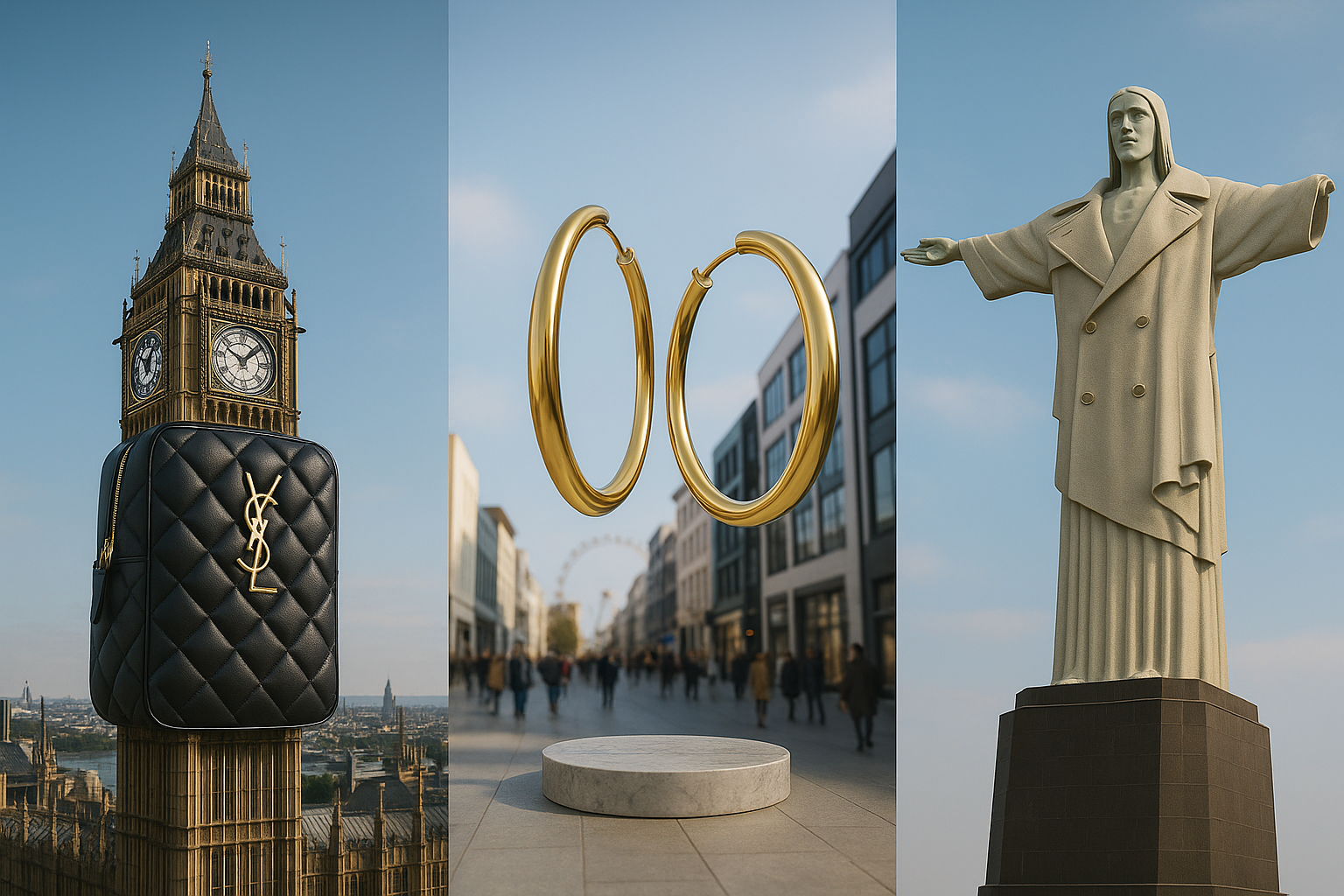In the era of digital marketing, businesses are constantly looking to captivate and engage their customers. The technologies of Augmented reality (AR) and virtual reality (VR), grouped under the term “3D marketing”, are revolutionizing the way brands interact with their consumers.
These innovations make it possible to create immersive experiences and interactive, going beyond the traditional boundaries of advertising and marketing content.
With AR and VR, customers can visualize products more vividly. For example, IKEA offers AR applications to virtually design a kitchen, while Volvo allows virtual test drives. These experiences speed up buying decisions and increase conversion rates.
In this article, discover how 3D marketing is reinventingcustomer engagement and brand strategy, while offering concrete results.
Improving the User Experience with 3D

Augmented Immersion and Interaction
One of main strengths of 3D marketing lies in its ability to create experiences Immersive and interactive. Thanks to 3D technology, users can interact with products in more ways engaging and intuitive. For example, 3D configurators allow customers to see products from all angles, to personalize in real time, and to better understand their characteristics before making the purchase.
This approach Stimulates attention and user interest, encouraging them to spend more time on the website and explore products in greater detail.
Personalizing Experiences
Personalization is a key element in amplifying the user experience with 3D. 3D configurators allow customers to customize products according to their preferences, whether by changing colors, materials, or components. This customization creates a sense of ownership and strong customer engagement, making them more likely to make a purchase.
Brands like nike and Adidas have already implemented such personalization options, which has significantly improved customer engagement and strengthened their Loyalty.
Augmented reality and virtual reality
Augmented reality (AR) and virtual reality (VR) take the user experience to the next level by integrating the physical world and the virtual world. AR allows customers to visualize products in their real environment, as BMW does with its visualizer that allows customers to customize and interact with a 3D model of their future car directly on their smartphone or tablet.
VR, on the other hand, offers experiences full immersions, allowing customers to immerse themselves in a completely virtual universe. For example, during the fragrance launch campaign Prada Paradoxe, the participants were able to explore the different dimensions of the product in a multisensory.
Strengthening Brand Strategy through 3D

Building an Innovative Brand Image
La 3D technology offers businesses a unique opportunity to build a brand image modernist and Innovative, thus consolidating their position in the market. Through the use of animations and visuals 3D, brands can design a visual identity that clearly stands out from the competition.
For example, companies like boyd, specializing in portable medical devices, use 3D to present their products in a careful and accurate manner. This approach reinforces their brand image as an actor. reliable and Avant-garde.
Storytelling in 3D
The storytelling in 3D is a powerful tool for enriching brand strategy. 3D animations make it possible to tell immersive and captivating stories, creating a strong emotional connection with customers.
Brands like Audible have used 3D to show how their products fit into the daily lives of their users. By using realistic scenarios and animated characters, they make the experience more tangible and memorable. This approach helps build a connection. profound and sustainable with their target audience.
3D Content Marketing
The 3D content marketing is revolutionizing the way businesses engage with their audience. By integrating 3D videos and animations into their campaigns, brands can boost customer engagement while increasing click-through and conversion rates.
The numbers speak for themselves: 79% of consumers prefer to watch a video rather than read a text to discover a new product or service. In addition, video ads on social networks generate 12 times more shares than those based on images. This data is a perfect illustration of the significant impact that 3D content marketing can have on customer engagement and brand strategy.
Metric Impact and Return on Investment of 3D Marketing

Engagement and Conversion Analysis
The use of 3D technology in marketing has a significant impact oncustomer engagement and conversion rates. Studies have shown that 360 degree images and virtual tours generate 45% more interactions than traditional images, reflecting a significant increase in user engagement with our Holographic pyramid.
In addition, real estate agencies using 3D tools have seen an increase in 40% of their conversion rate, while the average time between the first contact and the closing of a sale has decreased by approximately 25%. These numbers highlight the ability of 3D marketing to simultaneously improve engagement and conversion results.
Cost-Effectiveness Assessment
The evaluation of cost-effectiveness 3D tools is essential for businesses. Although the initial investment may seem high, returns on investment are often quick and meaningful. The savings in time and resources, as well as the improvement of the precision and quality of projects, contribute to a positive ROI.
For example, the use of 3D scanners makes it possible to reduce wasted resources and improve the competitiveness of businesses, thus justifying the acquisition of this technology. In addition, numerical analysis tools such as Google Analytics offer a precise measure of the real impact on turnover, making it easier to justify the investment.
Successful Case Studies
Several sectors have already seen the concrete benefits of integrating 3D tools into their marketing strategies. In the real estate sector, developers have reported a significant increase in bookings thanks to the integration of interactive virtual tours.
Communication agencies specializing in real estate have also obtained much higher engagement rates on their marketing campaigns thanks to photorealistic renderings. Likewise, hotels and restaurants have seen a 67% growth of the reservation rate after setting up virtual visits, thus proving the effectiveness of these tools in various commercial contexts.
Conclusion
In conclusion, the 3D marketing represents a genuine revolution in the way businesses interact with their customers. Thanks to the technologies of Augmented reality and Virtual, brands have the opportunity to design experiences Immersive and interactive that dramatically increase engagement and conversion rates.
Integrating 3D into your marketing strategy allows personalizing increased experiences, strengthened brand image and offered returns on investment concrete. Don't wait to adopt these tools innovators in order to captivate your audience, increase your competitiveness and maximize your impact on the market.
FAQS
What are the 3 Ps of marketing?
Les 3 P's of marketing are: Product, prix and Promotion. The product must meet the market needs, the price should be competitive, and the promotion must communicate effectively the value of the product.
What is a 3D marketing artist?
One 3D artist in marketing creates 3D models, animations, and visual effects for advertising campaigns, marketing videos, and product presentations. They use specialized software to design 3D graphics, bringing products and messages to life in a way Immersive and realistic.
What are the 3 O's of marketing?
Les 3 O of marketing, often summarized in the definitions of this field, can be summarised as follows:
- Offer : Create and offer products or services that meet the needs and customer desires.
- Organization : EnCOMPASS all activities, processes, and institutions required to manage and execute marketing strategies.
- Operation : Involve the communication, delivery, and exchange of these valuable offers to customers, as well as the management of relationships with them in a way Profitable.
What are the 3 pillars of digital marketing?
The three essential pillars of digital marketing are: the definition of the objectives and of the target audience, the creation of quality content, and data analysis for optimize performance. Alternatively, they can be defined as the SEO (Search Engine Optimization), content marketing, and marketing on social networks, which are complementary and require a consistent integration in the overall strategy.




